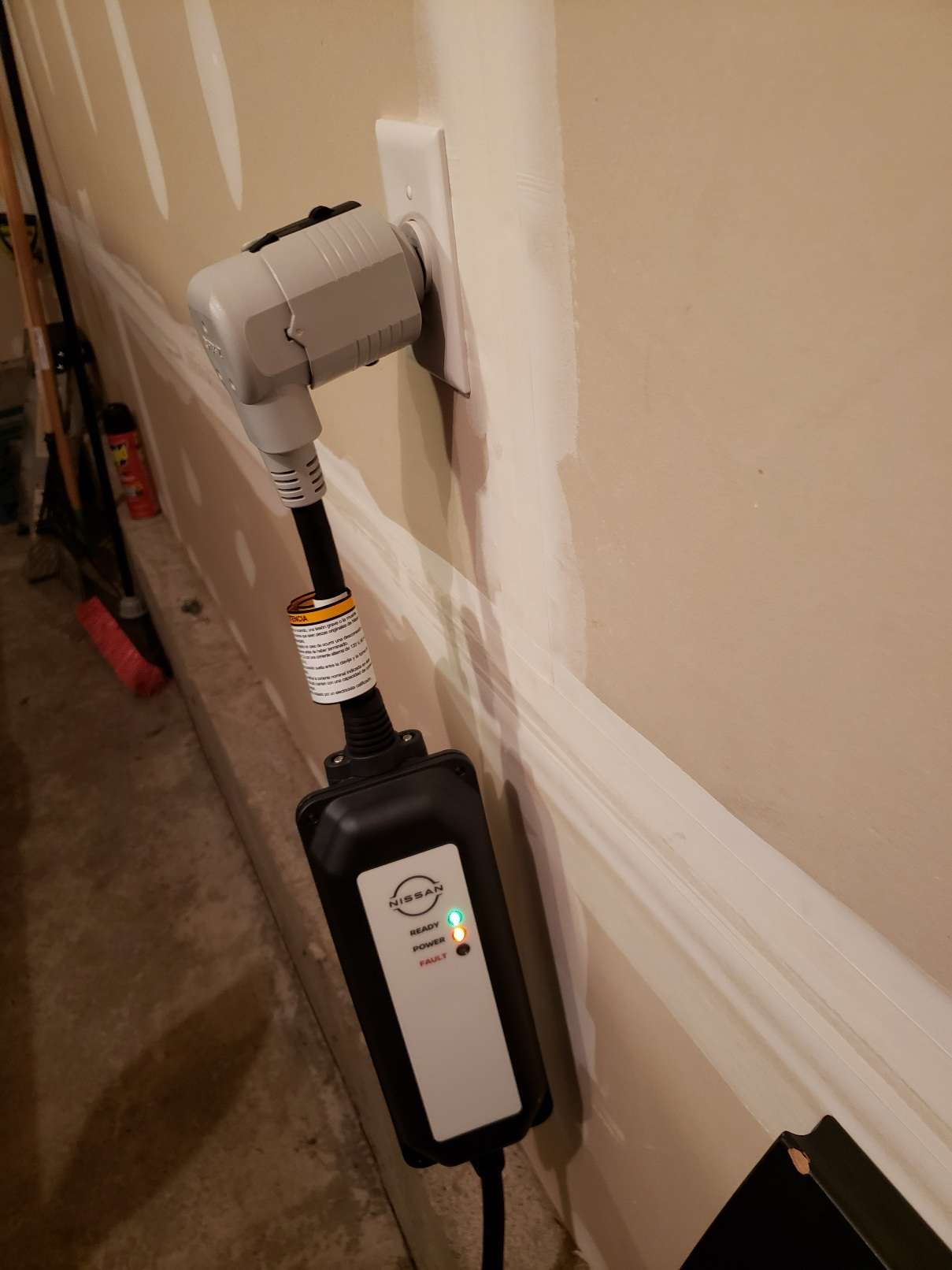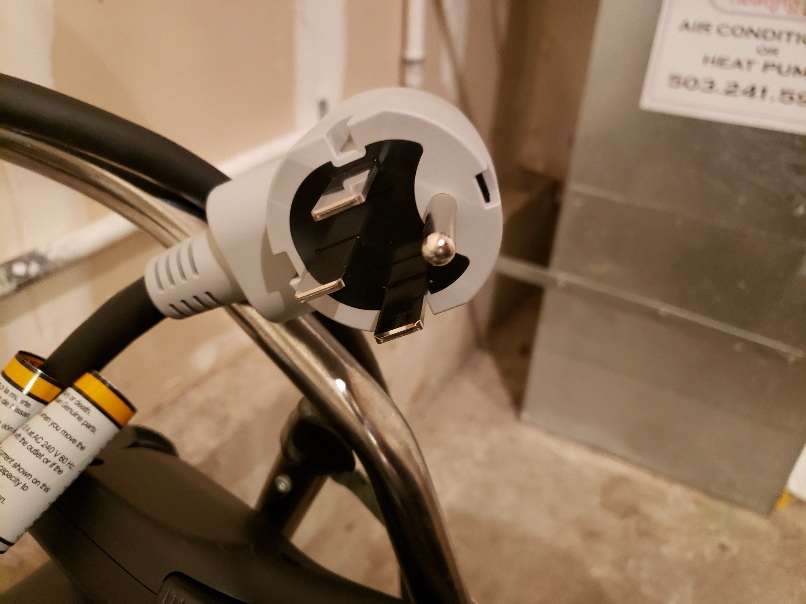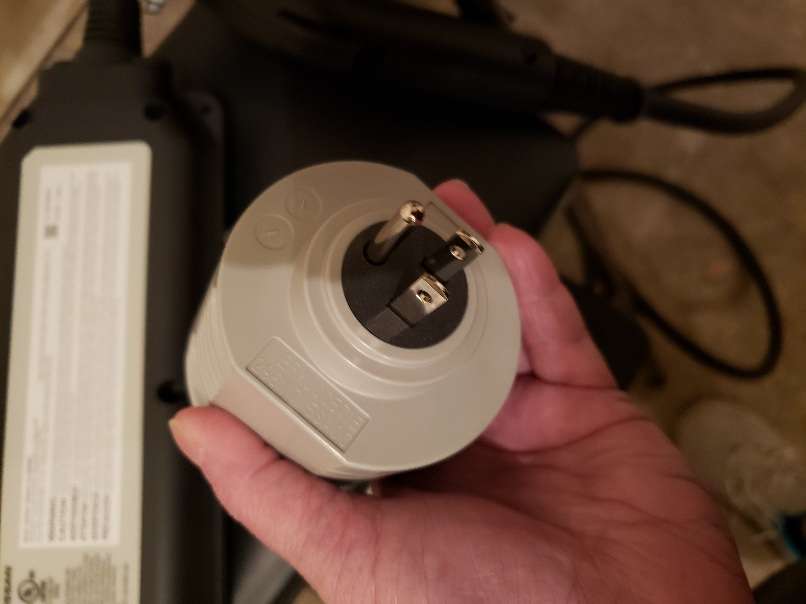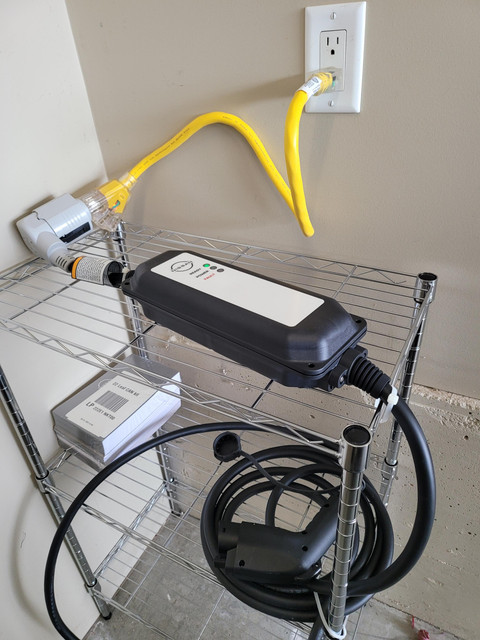jsteve
Active member
Hi All,
I'm Jan and I just joined this site today. I bought my first EV, a 2022 Nissan Leaf 2 weeks ago. I'm overwhelmed a bit with learning about EVs but am enjoying this and am interested in making this way of car travel to be successful for me and maybe even influence my hubby to get him off of ICE cars.
We recently relocated from the San Francisco Bay Area to the Portland Metro area. In the process of our move I said a tearful goodbye to my much-loved 23 year old BMW 318ti (1998). It was time to let it go. Once we got settled in a bit one of the first things I did was get my new car. I first considered a used BMW i3 and then I test drove a Nissan Leaf and I completely sold that the new 2022 Leaf was a much better choice than a used BMW i3 for many reasons.
At this stage, I have 2 random questions. One that is very specific (searching on this site, I could not find anything related) and the other that I'm curious about but haven't yet done a search on.
Q1: EVSE plug; this is a logistical question that I would like to find a solution to since I believe there is a safety impact.
Please see photo:

Is there a way to fortify the plug at the 110 outlet in my garage? Please note the gap at the top of the plug. Even if I try to balance the EVSE control box on something the cable weight still pulls the plug enough to create the gap. The car battery get changed just fine though. I never see any fault lights on the EVSE control unit.
I'd like to know of there is some kinda of insert or something that would make the plug stay snug in the outlet?
Please note, we're renting right now while looking for a new home, so I can't drill any holes into the wall. If I could I would just install the control box holder that came with my portable EVSE charging cable. I'm looking for a solution that is temporary. Once we get to a real home, I will get a proper dedicated level 2 charger in my garage then.
Q2: 12V battery, does it get charged by the electric motor?
From other references I see that the 12V accessory battery does get charged by the EVSE once it gets to the "3rd blue indicator" light. But does the 12V battery also receive a charge from the electric motor when I'm driving the car? I just don't want to face a dead 12V battery unexpectedly.
Thanks!
--jan
I'm Jan and I just joined this site today. I bought my first EV, a 2022 Nissan Leaf 2 weeks ago. I'm overwhelmed a bit with learning about EVs but am enjoying this and am interested in making this way of car travel to be successful for me and maybe even influence my hubby to get him off of ICE cars.
We recently relocated from the San Francisco Bay Area to the Portland Metro area. In the process of our move I said a tearful goodbye to my much-loved 23 year old BMW 318ti (1998). It was time to let it go. Once we got settled in a bit one of the first things I did was get my new car. I first considered a used BMW i3 and then I test drove a Nissan Leaf and I completely sold that the new 2022 Leaf was a much better choice than a used BMW i3 for many reasons.
At this stage, I have 2 random questions. One that is very specific (searching on this site, I could not find anything related) and the other that I'm curious about but haven't yet done a search on.
Q1: EVSE plug; this is a logistical question that I would like to find a solution to since I believe there is a safety impact.
Please see photo:

Is there a way to fortify the plug at the 110 outlet in my garage? Please note the gap at the top of the plug. Even if I try to balance the EVSE control box on something the cable weight still pulls the plug enough to create the gap. The car battery get changed just fine though. I never see any fault lights on the EVSE control unit.
I'd like to know of there is some kinda of insert or something that would make the plug stay snug in the outlet?
Please note, we're renting right now while looking for a new home, so I can't drill any holes into the wall. If I could I would just install the control box holder that came with my portable EVSE charging cable. I'm looking for a solution that is temporary. Once we get to a real home, I will get a proper dedicated level 2 charger in my garage then.
Q2: 12V battery, does it get charged by the electric motor?
From other references I see that the 12V accessory battery does get charged by the EVSE once it gets to the "3rd blue indicator" light. But does the 12V battery also receive a charge from the electric motor when I'm driving the car? I just don't want to face a dead 12V battery unexpectedly.
Thanks!
--jan



